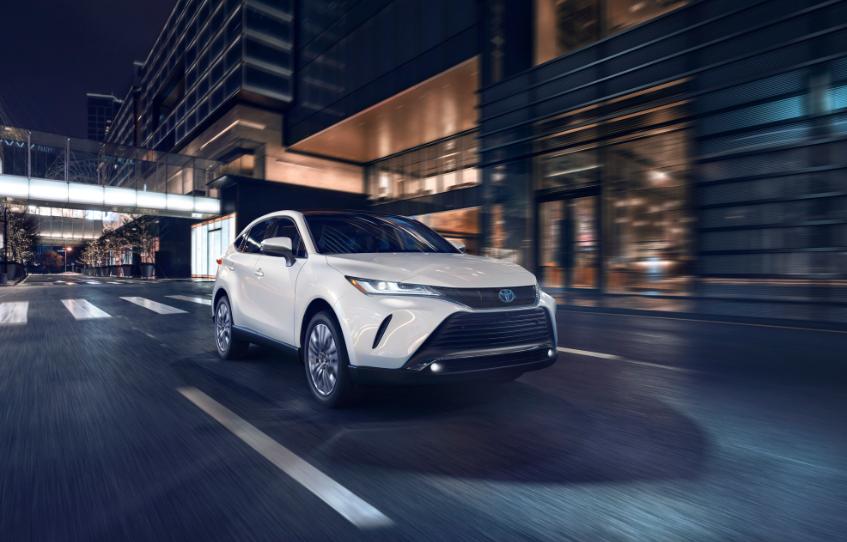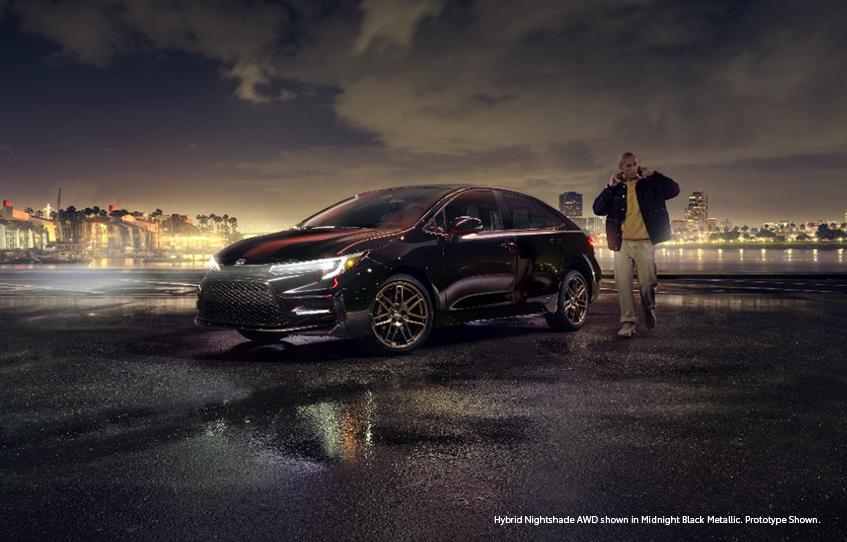Ten Tips for Driving at Night
Arm yourself with tips and tactics to make your time behind the wheel as safe as possible.
As the days shorten, many of us find ourselves driving in the dark more often. Our post-work commute may now also be post-sunset, and early risers may find themselves heading for the gym, driving carpool or heading for work pre-sunrise. Many drivers never learned how to drive at night, but safe night driving is easier to achieve than you might think. It just takes a little know-how and an awareness of the factors that make driving after dark challenging.
Part of this increased risk can be attributed to driver fatigue and the higher likelihood of encountering impaired drivers at night, according to the National Safety Council (NSC). Night driving is made trickier still because your visibility decreases in ways that can make things more dangerous when you're behind the wheel.
Even the brightest, high-beam headlights only give you about 500 feet of visibility, and regular headlights take that distance down to 250 feet. Shortened visibility means you’ve got less time to react to road hazards, and the higher your rate of speed, the less reaction time you’ll have. That said, there are many ways to make driving at night safer, and we’ve rounded up ten great tips to help you see more clearly and keep yourself safe on the road at night.

Prepare for glare. Powerful headlights make powerful glare. Today, many vehicles are equipped with high-intensity discharge (HID) and light emitting diode (LED) headlights, according to Car and Driver. Both are great for illuminating the road, but may cause uncomfortable glare for oncoming traffic, or for drivers who are in the car ahead. Two types of glare can impact our ability to see: discomfort glare and disability glare. The former is simply annoying but not terribly dangerous. Disability glare is the more dangerous type – it can actually block an object from a driver’s view. To combat either type of glare while driving at night, slow down and stay safely in your lane by keeping your eyes on the lane markers or edge of the road until the vehicle passes.
Change your headlamps. Night driving is made much more difficult by yellowed, cloudy headlamps which can generate as little as 20 percent of the light generated by new headlamps, according to AAA research conducted in 2018. Less illumination can seriously compromise your safety when driving at night. You can find the correct lights and other safety-enhancing parts and accessories for your Toyota vehicle at the Toyota Parts Center Online.
Keep cabin lights low. A tip for driving at night that may surprise you has nothing to do with lights on the vehicles’ exterior. Bright lights inside your car’s cabin may be distracting and take your attention off the road in front of you, according to VisionWorks. Be sure to dim all interior lights, including any lights on the dashboard to help your eyes focus on the light outside the vehicle.
Clean your windshield. A streaky windshield amplifies glare and makes driving at night more dangerous.
Clean your signal, brake, and headlamps. According to AAA, grime on a vehicle’s headlamp lenses may reduce their effectiveness by as much as 90 percent. Keeping headlamps clean is especially important in winter, when may be covered with road dirt, ice or salt. Signal and brake lights can also be dimmed by dirt, salt, or ice. Cleaner lights are brighter.

Don’t drive fatigued. According to a report by the National Sleep Foundation, 62 percent of adults drivers polled indicated that they have driven while so tired they had a hard time keeping their eyes open. Losing two hours of sleep has the same effect on your driving as having three drinks. Get at least seven hours of sleep per night, and take breaks when driving, especially at night.
Avoid rush hour. If you can avoid driving home at the peak of rush hour, do so, especially when the days are shorter and you’re likely to be heading home in the dark. Evening rush hour, from 4 to 7 p.m., is dangerous because of the crowds of people, many in a hurry. Add night driving to that, and the risks only increase. Why not stay a little late and let the traffic simmer down if you can?
Make sure the eyes have it. Moisture, that is. According to the National Eye Institute, eyes that lack proper lubrication are more sensitive to light. Dry eyes are also distractingly uncomfortable. Aim car vents away from your eyes, use drops and don’t get so focused on driving that you forget to blink.
Take aim. Make sure your headlights are correctly aligned. According to Popular Mechanics, a vehicle’s headlights can become misaligned over time, meaning that the light is not aimed where you need it the most. This may be something you can do yourself, with a little guidance from your vehicle’s owner's manual.
Slow down. Decrease your speed and increase the distance between your vehicle and the vehicle ahead of you. Remember the old rule: one car length for every ten miles of speed. If you are driving 60 mph, that means you’ll want six car lengths between you and the person ahead of you.
At Toyota Financial Services, it’s important to us to be a resource for you. We want your driving experience to be safe and fun, day or night!
The information in this blog is offered for informational purposes only. Any product names, logos, brands, images, and other trademarks featured or referred to within the Toyota Financial Services (TFS) website are the property of their respective trademark holders. These trademark holders are not affiliated with TFS and do not sponsor or endorse TFS, or any of its respective websites, products, or comments unless otherwise disclosed. TFS declares no affiliation, sponsorship, nor any partnerships with any registered trademarks unless otherwise disclosed. By clicking on a hyperlink contained within this blog, you may be directed to a third-party website and will be subject to the terms of that website, including those relating to confidentiality, data privacy and security.
Ready to up your nighttime driving safety game? We'll tell you how.